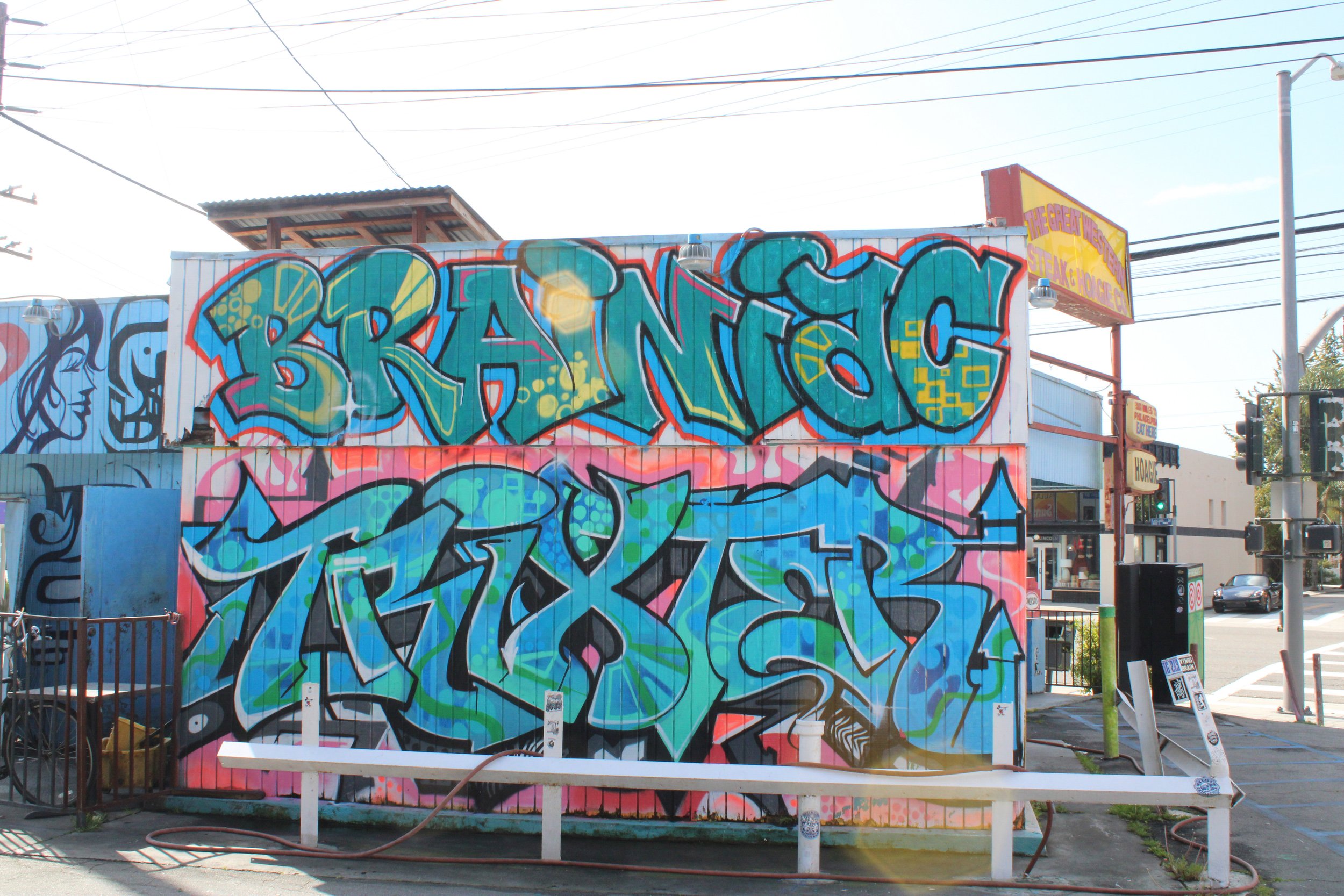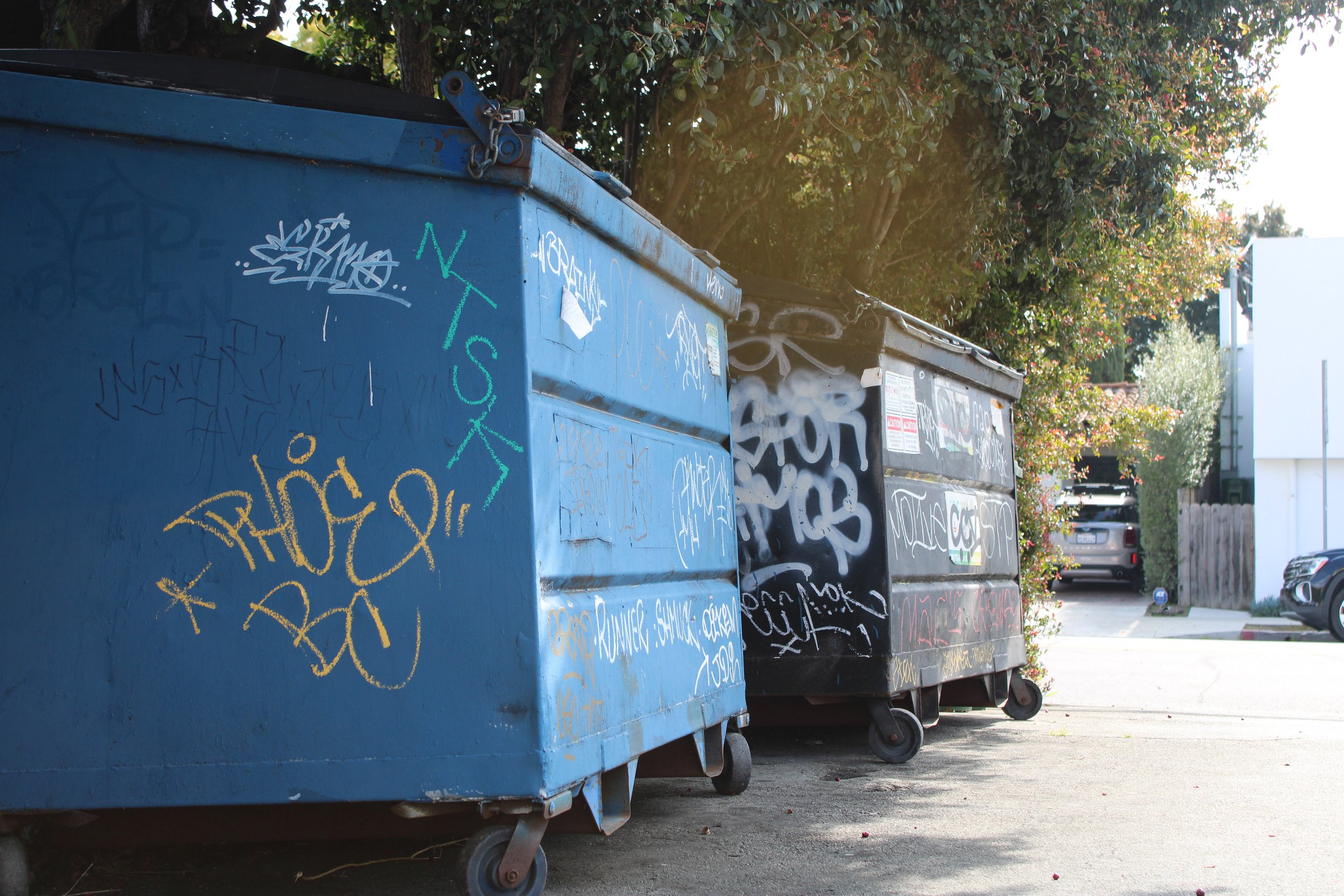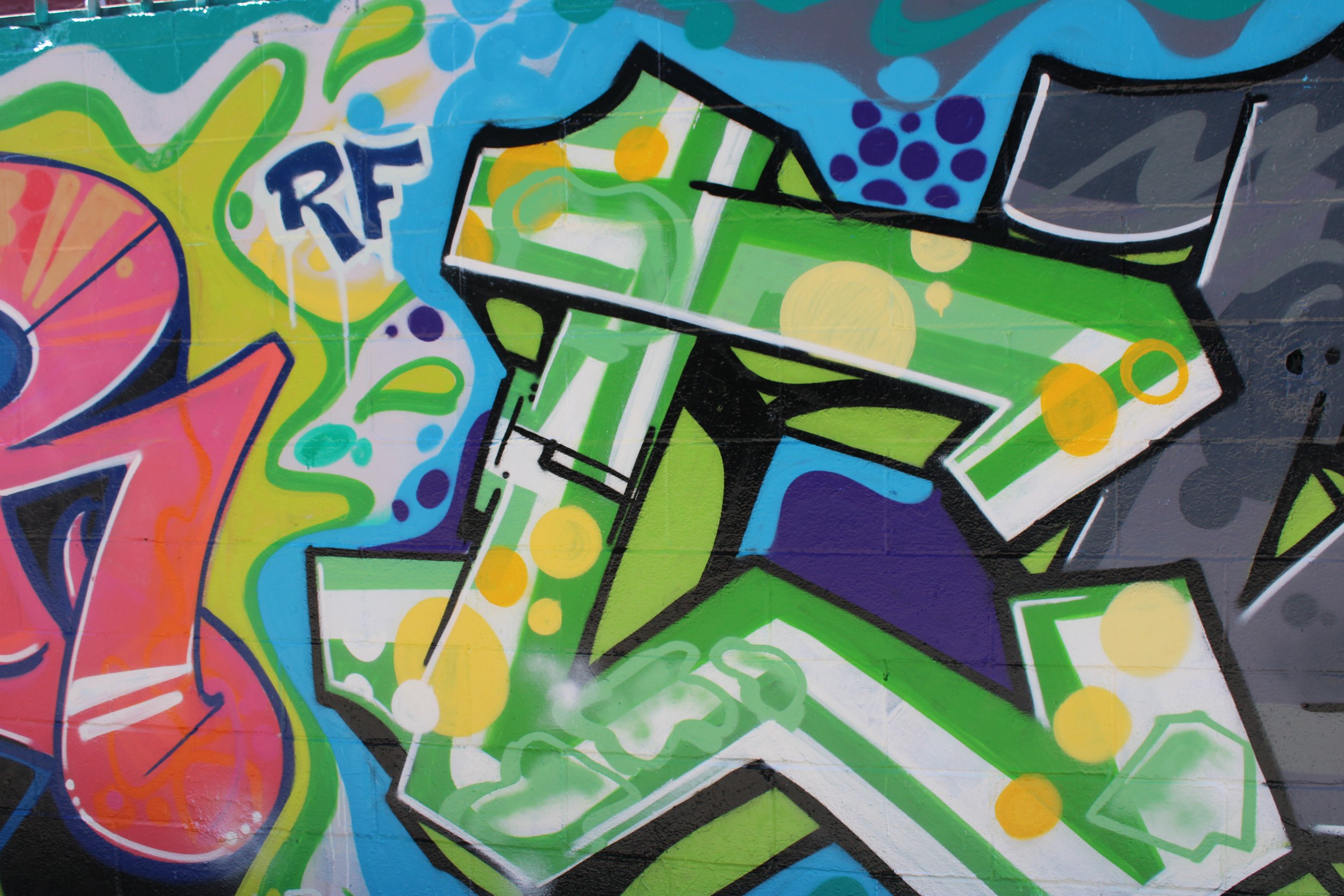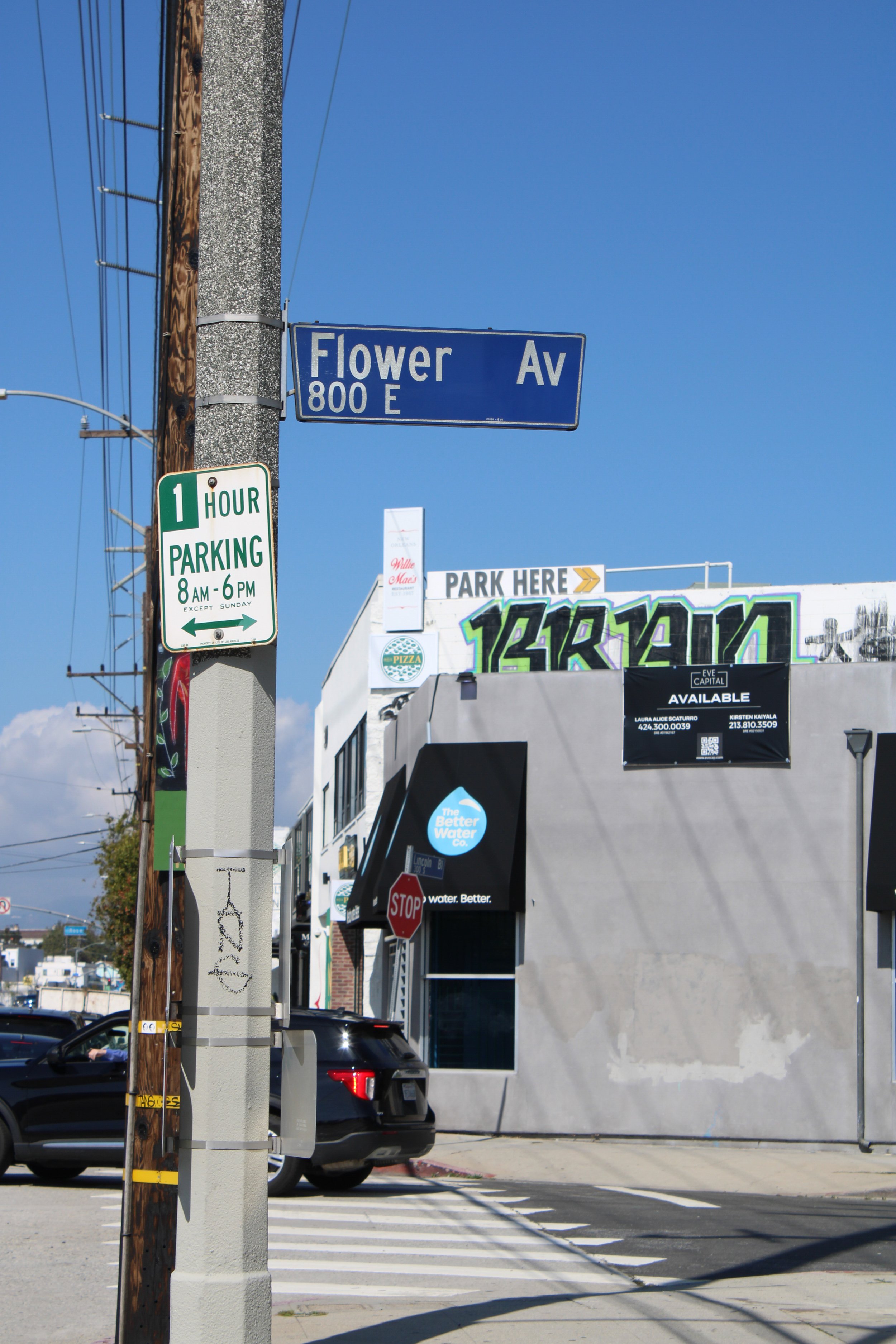Illegal Graffiti: The Most Dangerous Sport






While bombing the wall along the 110 Freeway, at least 10 shots from a high caliber firearm shot in his direction as he threw himself into bushes. In the streets of Los Angeles, graffiti is not just an art form; it's a daring act of rebellion. OOZE UNC (Under No Control) and other enigmatic artists are willing to risk it all in order to leave their mark on the city's walls.
Graffiti Subculture
During the 1980s, the B-boy and hip-hop movement infiltrated youth culture in Los Angeles, birthing the graffiti scene. Buses became rolling canvases, adorned from front to back with vibrant artwork, while the streets echoed with the sounds of Beastie Boys tracks blaring from boomboxes. Teenagers decked out in oversized streetwear and scurried about, concealing their pens, paint markers, and cans as they scaled freeways, buildings, and cars to leave behind their artistic imprint. The convergence of hip-hop, skateboarding, and graffiti culture in 1980s Los Angeles laid the foundation for a vibrant and dynamic street art movement that continues to thrive and evolve today.
Within graffiti culture, artists came up with unique art terms. “Tagging” refers to the signature of a graffiti artist, which is done quickly with spray paint or markers. “Bombing” is the creation of larger, more elaborate graffiti art pieces, mostly done illegally. “Writing” refers to creating graffiti, including both tagging and bombing.
A crew serves as a symbol of unity and solidarity. In graffiti culture, a crew name follows the artist's name with abbreviated letters.
Starting Young
During the 1980s, aspiring artists utilized whatever materials they could find to create their works. One such artist, initially known as "Fresh Pop," underwent a series of name changes before settling on "TAKE."
TAKE recalled his early days of graffiti, which began in elementary school, where he used "cheap little school markers, Halloween fluorescent colored hair spray, and chocolate candy" to leave his mark on available surfaces in the school and surrounding neighborhoods. In 1989, while in his junior year at Fairfax High, TAKE adopted his new name. “I got the name TAKE from being very good at racking from stores. Paint stores, dept stores, music stores. Looking like a nice Asian kid and dressing well made me invisible to most shop workers,” he said.
This transition period, where urban expression was heavily present, shaped TAKE. "From 7th to 9th grade [1986-1988], skateboard culture dominated much of my time, but the graffiti culture was steadily gaining momentum, and I was certainly paying attention," said TAKE. Waking up for school started at 2 a.m. when he would go out tagging. Hours later, he’d head back home to get ready for school at 5 a.m.
In 1990, TAKE and his friend, AZ, associated with the crew CBS, went to “bomb” the 6th Street bridge in Downtown Los Angeles. As AZ CBS sprayed his signature, two motorcycle cops rolled up on them with sirens blaring and lights flashing. The adrenaline caused AZ, without hesitation, to jump over the side of the bridge, disappearing into the darkness. “AZ was nowhere to be found,” TAKE said. Leaving AZ behind, they drove back to the empty streets of Hollywood when a dark figure appeared out of nowhere, running near the bridge. “It was AZ,” TAKE said. “He got in the car safe and sound. AZ was like a super-human back then.”
Heart Stopping Encounter
TRIXTER, an artist from Westwood in Rapid Fire Crew (RF), started writing in 1990, went to a party, decided to walk, and grabbed some paint. He walked a few blocks and caught some quick tags. He was running low on paint and began to head back, taking the back street to stay off the main road. While walking down the alley, catching his last tag, TRIXTER said, “BOOM!! Bright lights were blinding me from a cop car just a short distance down the alley. I froze like a deer in headlights.”
TRIXTER took off running in the direction they came from and ran up to the party. Breathless and heart-pounding, he went to the bathroom and threw away his hat and shirt under the plastic trash bag.
When TRIXTER returned, he saw the cops looking for him. “I just grabbed a beer to try and play it off. The music stopped, and the room was tense,” he said. “After a while, they took some dude from the party who they thought fit my description. It was a close one.” It was a mere lucky escape but a thrilling experience for TRIXTER.
Weighing the risks
In 1988, CLAE began his journey into graffiti, but it wasn't until 1989 that he adopted his now-iconic name given to him by PHOE, his crew member. PHOE BC KSN, an Asian graffiti artist, grew up with CLAE in the Blue Crew (BC) and affiliated himself with Kings Stop at Nothing (KSN). “I forged friendships and relationships through doing graffiti by joining a crew… I was super stoked to be a part of the ‘BC’ as they were a well-known graffiti crew with some of the best graffiti artists and bombers,” PHOE said.l
CLAE said, “They will always be my brothers. I’m affiliated with BLUE CREW, WEST COAST ARTIST, RAPID FIRE, UNDER THE INFLUENCE, and TOO BAD from LA. I’m also in some of the town crews too.”
Graffiti artists not only risk societal scrutiny but also their lives to embark on nocturnal escapades to throw up art that transcends boundaries, offering them liberation from the constraints of reality. For individuals like OOZE, graffiti becomes their happy place. "When it got bad at home, I’d just go out writing. Took my mind off everything," OOZE said.
PHOE said that being part of a crew, hanging out, sketching, racking (stealing graffiti supplies), bombing, destroying public property together, going to yards (a place where writers go to do illegal graffiti), and jacking (beating up other writers and taking their graffiti supplies, shoes, and money) formed unbreakable bonds.
“Just a bunch of unruly kids, having fun, doing whatever the hell we want to,” said PHOE. The allure of the adrenaline rush drives these artists, offering an unparalleled sense of freedom. For the artists, the act of illegal graffiti is similar to a potent drug, providing a euphoric high that cannot be replicated.



